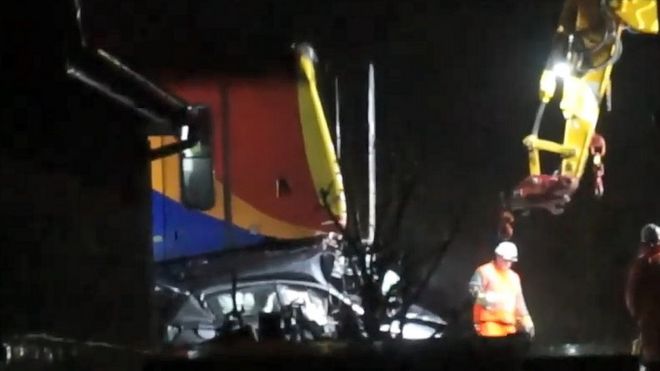I know it's been raining a lot but there do seem to be an unusual number of landslips on the SWR network recently:
- Between Ewell West and Epsom (a week ago)
- Near Liss (last night)
- Between Godalming and Guildford (just now)
Also at Hook not much more than a month ago. Is it just the rain, or is there a deeper issue? The twitter peanut gallery is blaming Network Rail tree clearance.
- Between Ewell West and Epsom (a week ago)
- Near Liss (last night)
- Between Godalming and Guildford (just now)
Also at Hook not much more than a month ago. Is it just the rain, or is there a deeper issue? The twitter peanut gallery is blaming Network Rail tree clearance.

